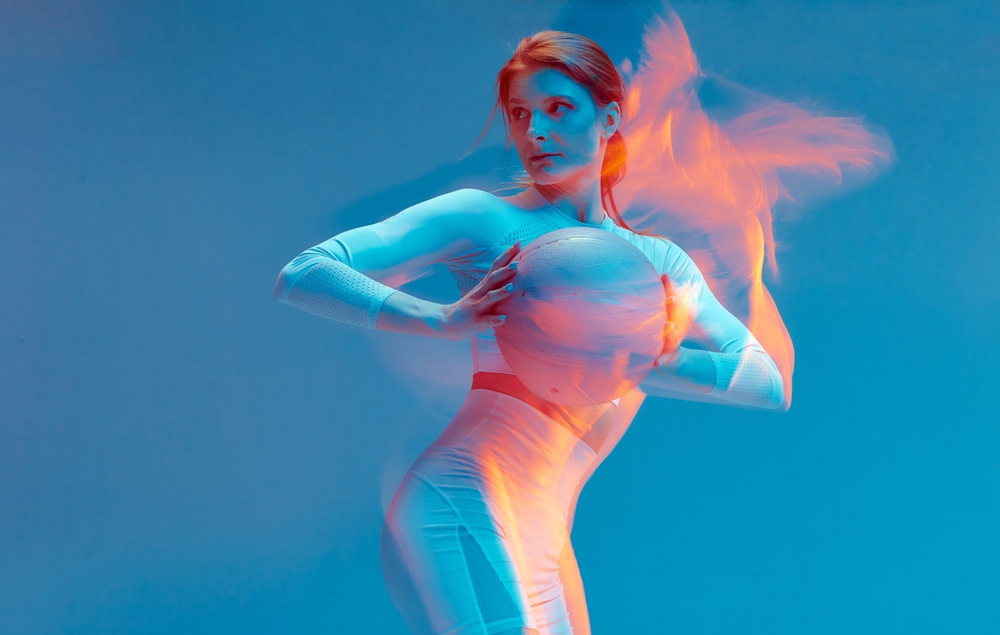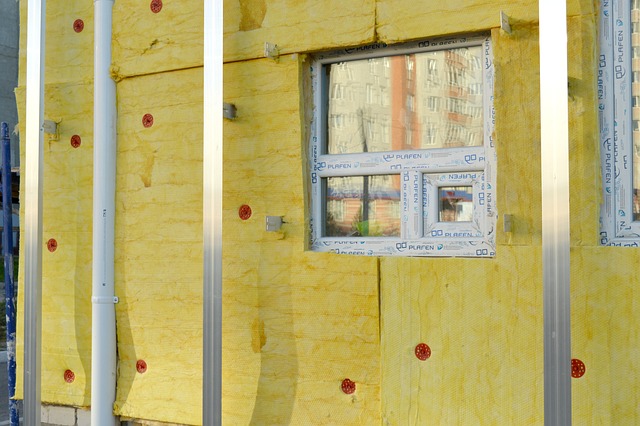The Luminary Dance of Light Painting: An Artistic Voyage
Delve into the captivating world of light painting photography, a fascinating art form that has evolved through technology, yet remains rooted in the fundamental principles of creativity and imagination. Light painting, a photographic technique where light source movement is captured while taking a long-exposure photo, has been a part of the artistic landscape since the early 20th century. The technique traces its roots to the first known light painting "Pathological Walk from in Front" by Man Ray in 1935. Since then, artists like Picasso and Gjon Mili have experimented with the form, bringing it into the mainstream.

Evolution and Modern Adaptations
The advent of digital technology has brought a significant shift in light painting. Modern artists have access to a wider range of light sources and technical tools, enabling them to experiment with innovative techniques and create more complex compositions. Today, light painting has become a blend of photographic skill, choreographed performance, and digital manipulation.
Spotlight: Contemporary Creators and Trends
A number of contemporary artists have made significant contributions to light painting. Eric Staller’s light drawings, for example, have brought a new dimension to urban landscapes, while Patrick Rochon’s innovative use of light in portraiture has redefined the genre. The current trend leans towards the creation of intricate light sculptures, turning photographs into ethereal, otherworldly landscapes.
Impact and Reception
Light painting has undoubtedly captured the public’s imagination, with its mesmerizing and surreal visuals. It has found a place not just within the art world, but also in commercial photography, music videos, and advertising. While some purists argue that the digital manipulation involved undermines traditional photography principles, many see it as a natural evolution, reflecting the ongoing dialogue between technology and art.
The Future of Light Painting
As technology continues to evolve, so too will light painting. With the emergence of technologies like virtual reality and augmented reality, the possibilities for this art form are vast and exciting. As we look ahead, light painting will continue to push the boundaries of artistic expression, challenging our perception of light, time, and space.
In conclusion, light painting is an art form that embodies the spirit of innovation and creativity. From its early beginnings to its modern adaptations, it has proved to be a compelling form of artistic expression. It is a testament to the power of creativity and the limitless possibilities when art and technology intersect.




